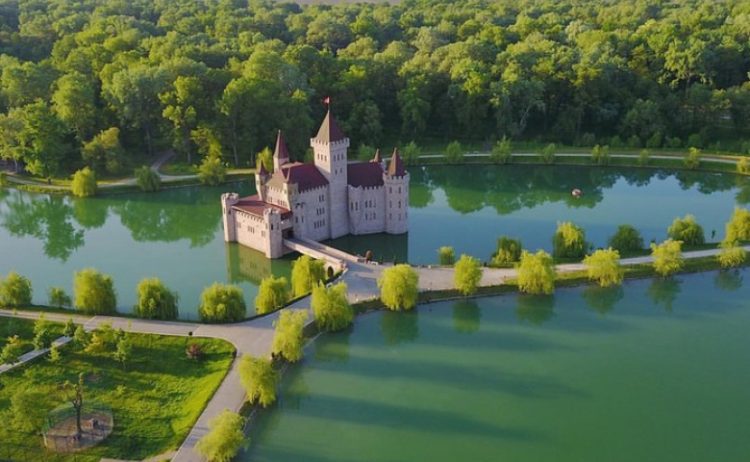Lerik, a mountainous region in southern Azerbaijan, is famous for being home to an unusually high concentration of centenarians.
Regions where people tend to live longer than average are known as “blue zones”, and we’ve actually covered a couple of them in the past – Japan’s Okinawa island and Ikaria, Greece’s island of longevity. However, there are places famous for the longevity of the local population that are not officially categorized as blue zones. One such place is Lerik, a region in the Talysh Mountains of southern Azerbaijan, famous for its high number of centenarians and even the world’s only Longevity Museum.





















